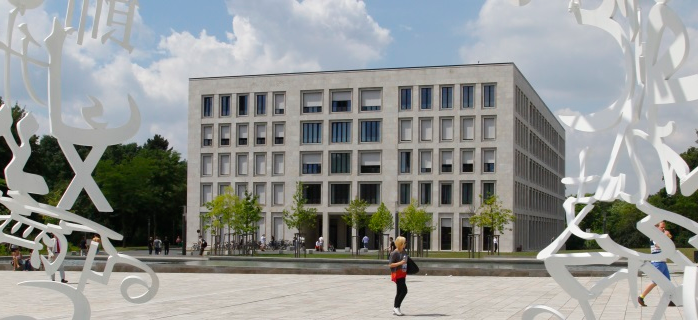| dc.description.abstract | We survey a sample of subjects in Wuhan, China – ground zero of the COVID-19 pandemic. Our first survey wave took place on October 16th 2019, several weeks before initial reports of the virus in mainland China in December 2019 (Holshue et al., 2020). By February 15th, 2020 Wuhan was in a state of complete and total quarantine. On February 28th 2020, we administered an online follow up survey to the same group of subjects with an 88% retention rate (N = 225/257 in our main sample). On April 8th the lockdowns and quarantine conditions in Wuhan were ended and daily life returned to pre-crisis conditions (Che, 2020). On April 19th we surveyed the same subjects in a third wave of our survey. Our main sample consists of graduate students from Wuhan University of Science and Technology (WUST). As the province of Hubei became quarantined and effectively locked down shortly thereafter, students from outside of Wuhan continued their study programs via distance learning (alongside their Wuhan-based peers) and we administered follow up online surveys on WeChat, capturing precise geolocation information from subjects. Wave one of our survey holds constant all subjects in the city of Wuhan, while in waves two and three, 47% of subjects from our main sample are in provinces outside of Hubei, in parts of China with substantially lower exposure to COVID-19.2 At the time of our follow-up survey, the province of Hubei had 66,300 infection cases, while all other provinces across China had 12,600 in total. As part of a separate project, we obtained additional survey data on perceptions of climate risk from both Wuhan and Guizhou, a province of China approximately 1,000 kilometers from Wuhan and one of the least affected areas from the COVID-19 pandemic. This survey data was also collected in pre-, during-, and postcrisis waves similar to our main sample. We additionally oversampled additional respondents in Wuhan in waves. Our full sample consists of 1,425 subjects, 853 of which are in other cities in China after Wave 1, 466 are in Hubei outside of the city of Wuhan, and 106 are in Wuhan. | |

